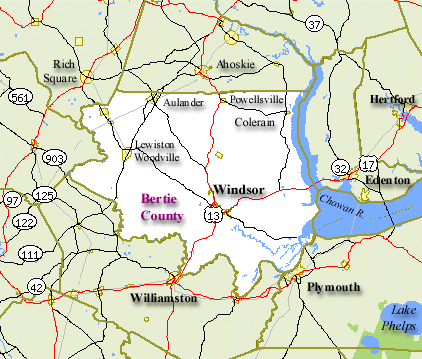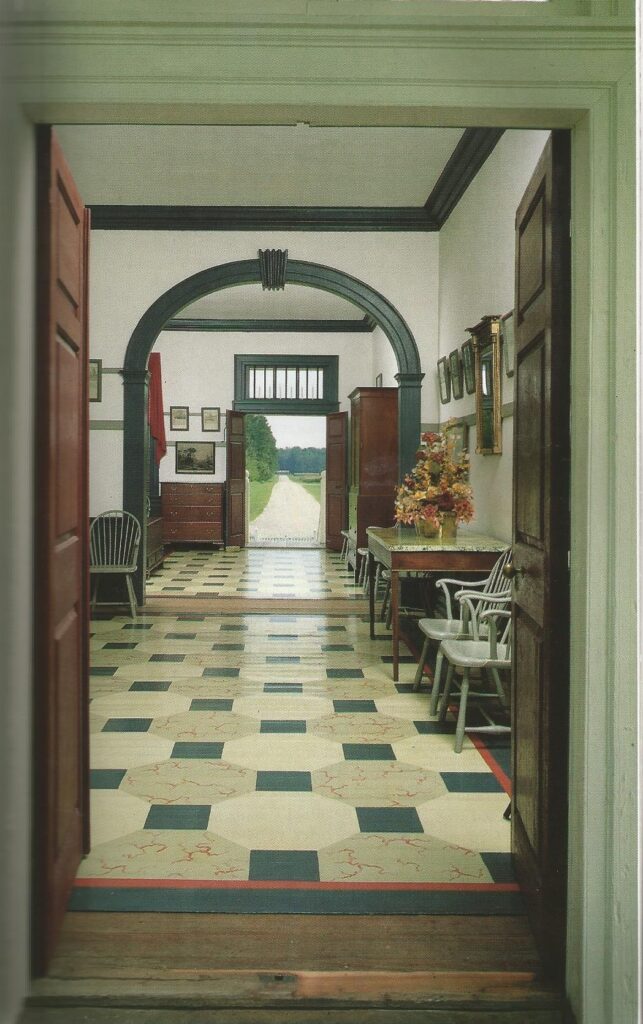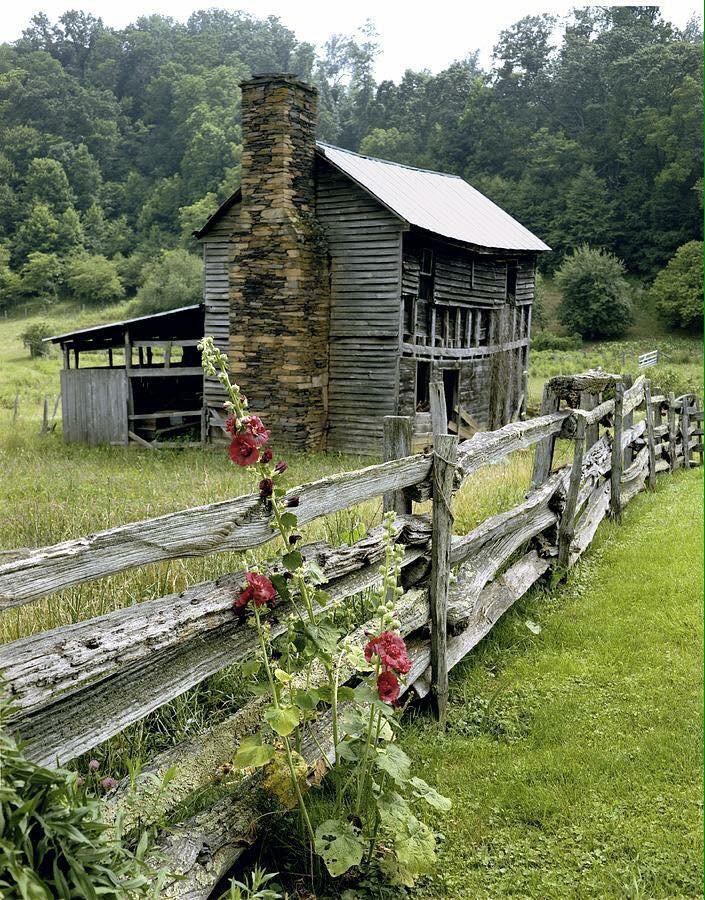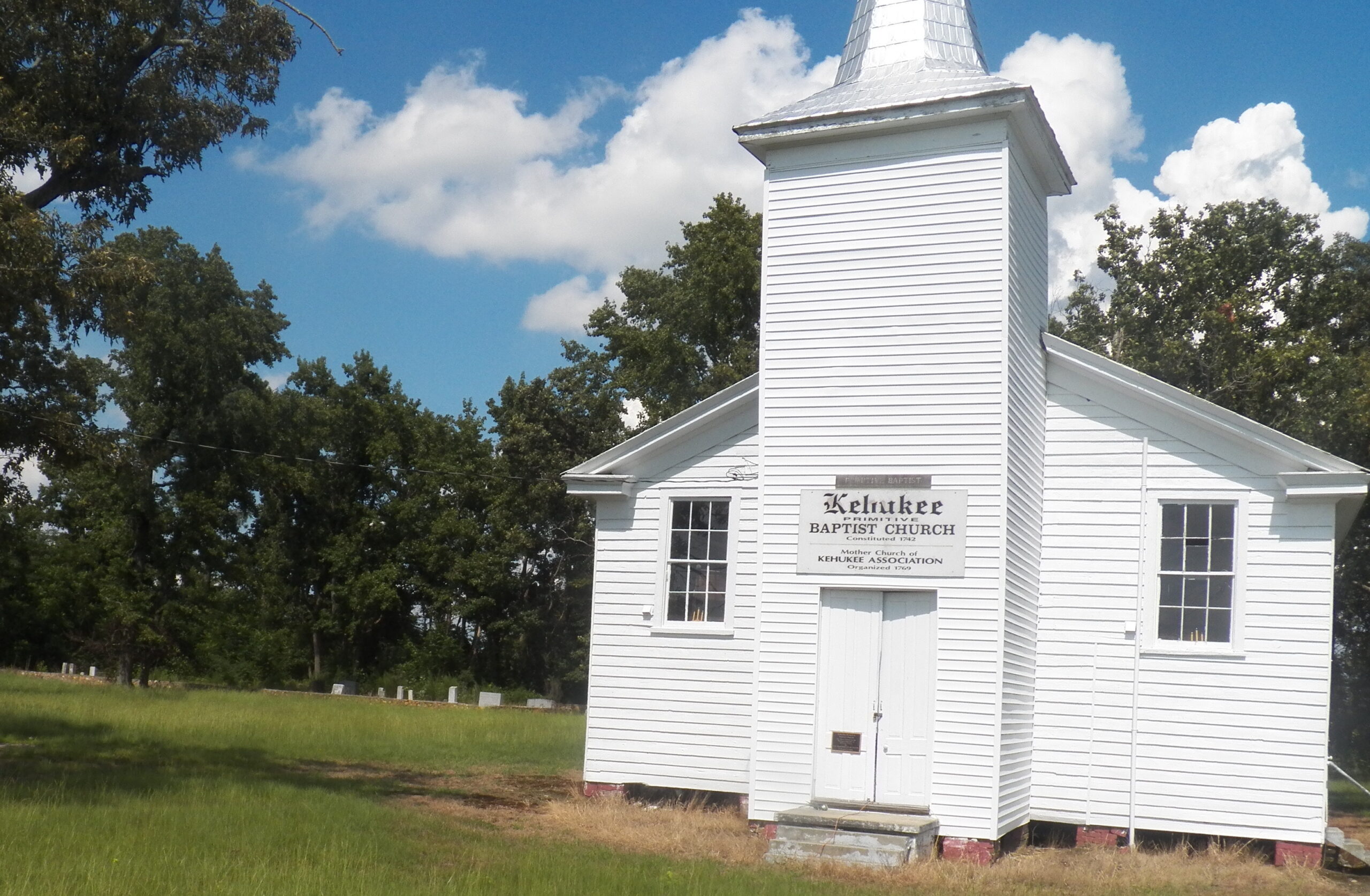Names of Families in Bertie County Wills and Estates
Bertie County was form 1722 from Chowan County. When researching this county, one should also consider southern Virginia, bordering North Carolina as many Virginians took up land in North Carolina. Some of the first settlers were Jesse Harrell whose descendants removed to Georgia and Kentucky; George and John Clements who had relatives in Pittyslvania County, Virginia; James and John McDowell, brothers, originally from Wigtown, Galloway (Scotland); and the Wynns family of Winnson plantation.


Hope Plantation
The Hope Plantation was built by David Stone, a congressman, senator and twice governor of North Carolina around 1803. The two-story frame house features a pedimented portico and the 1763 gambrel roof of the King-Bazemore House, built by William King, a Bertie County planter. Pictured is the hall of Hope Plantation which was used as a summer living area. Find your North Carolina Ancestors
Genealogists: Identify Everyone!
If you discovered an old document (such as a last will and testament) which contains names of people you cannot identify, here is what to do. Search the deed books for that county and make notes of the lands which they owned and bordered. Land grants are an excellent early resource, as well as tax digests. Also, search marriage records to learn of any of these guys married daughters of your ancestor. Next, go to the census records and look for names of the children as well as birth dates and where born. Neighbors, friends and neighbors witnessed documents, such as deeds, wills, marriages and pensions from war records. The idea is to ascertain the identify of everyone associated with your ancestor. You will be surprised what you learn!
Did the Names and Dates of your Ancestors Get Disposed of in an Estate Sale?
After the death of a person, a typical practice is to throw ” out the unwanted trash” Which includes old bibles (where family members were recorded), newspaper articles, and sweet memories kept by the deceased. Frequently, there exists a lifetime of possessions to be disposed of. If we see it in the modern age, doubtless such disposals were common since the beginning of civilization. Local garbage dumps probably own a vast collection of our history.
In fact, the garbage dump is where excavations discover many relics. One could visit the countryside of fallen houses and sunken wells and discover relics and old coins buried in the yard and sealed behind walls and floorboards. Consider the fact that coins were a heavy purse to tote. Whether or not you are searching for graves or treasure, there is good reason to search for and find the old homeplace and its surrounding community for sunken areas. A slate tombstone eventually broke and fell to the ground, later disappearing from the landscape. When a farm is deserted, the land elements over. That means that prickly weeds and vines grow over graves and scrubs emerge as trees. Old deeds can be used to help find the home place. The tax office has maps of districts, sections, and lots. Initially, when an area was settled, the deeds mentioned creeks, rivers, and other land features, but by tracing the deeds forward (as the tract was bought and sold), one acquires more details. Then, there are the tax digests which provide the amount of acreage, waterways, and adjoining neighbors.

Frequently, a close examination of the lay of the land with its adjoining creeks, soil impressions, and evidence of building structures, will disclose a picture of boundaries, fields, and such. The old wills and estates bequeathed specific tracts (usually denoting the acreage and a location) and personal items being passed down to family members. To locate a plantation, one has to examine its clues. Planters named each plantation. Did you know that the first immigrants to America named their plantations after a family estate in another country; also the community was named after an ancient town somewhere. They carried the family pride and tradition in their hearts. This should be considered while attempting to locate the old family seat. Next, as acreage was acquired and the plantation or farm was constructed, the old ” Smith Place” could mean the person from whom they purchased the land. Thus, this is a clue for a search in the deed records. As planters remarried after the death of their first wife, they assumed possession and control of the widow’s properties. For this reason, one should search the deed and marriage records for a Marriage Agreement which will provide more detail. When one visits the courthouse, no stone should be left unturned. Every possible conceivable record should be examined with curiosity and written down. The courthouse is where families recorded their daily lives, viz: marriages, land transactions, wills, estates, sales, inventories, and receipts.
Bertie County Wills and other Records Available to Members of North Carolina Pioneers
Bertie County Wills
- Abstracts of Bertie County Wills ca 1720 to 1799
Images of Bertie County Wills
- 1797-1803
- 1805-1816
Index to Deed Records
- 1725-1727
- 1727-1739
- 1739-1743
Land Grants in Bertie County
- 1751-1757
Runiroi Plantation
Thomas Pollock Devereux and his son, John Devereux, were planters in North Carolina who owned eight large plantations and between fifteen and sixteen hundred slaves. Their fertile lands were situated in the rich river bottoms of Halifax and Bertie counties where they raised corn and cotton, and droves of hogs, which were sent to Southampton county, Virginia, for sale. The plantations have all disappeared from the landscape, and it appears that the main home, Runiroi, was situated near the Kehukee Church in Halifax County. The names of the plantations were Conacanarra, Feltons, Looking Glass, Montrose, Polenta, and Barrows, as well as a large body of land in the counties of Jones and Hyde. His residence was at Conacanarra, where the dwelling stood upon a bluff commanding a fine view of the Roanoke river, and, with the pretty house of the head overseer, the small church, and other minor buildings looked like a small village beneath the great elms and oaks.

The principal plantation and winter home were called Runiroi, in Bertie county. The others were called The Lower Plantation and Over the Swamp. From Kehukee’s bluff, the plantation could be seen stretching away into the distance, hemmed in by the flat-topped cypresses. The house at Runiroi was a comfortable, old, rambling structure, in a green yard and flower garden, not ugly, but quite innocent of any pretensions at comeliness. Neither was there, to many, a bit of picturesque beauty in the flat surroundings; and yet this very flatness did lend a charm peculiar to itself. The approach from the public road, which followed the bank of the river, was through the willow lane, between deep-cut ditches, which kept the roadway well drained unless the river overspread its banks when the lane was often impassable for days. In the springtime, when the tender green boughs of the willows were swayed by the breeze, it was a lovely spot and a favorite resort of the children. Source: Plantation Sketches by Margaret Devereux (1906).